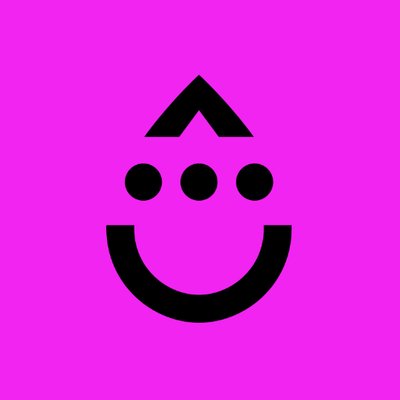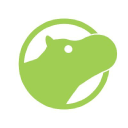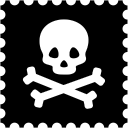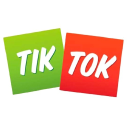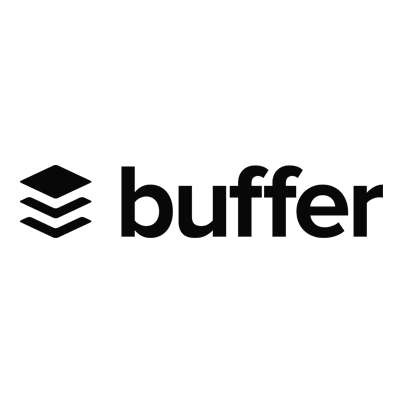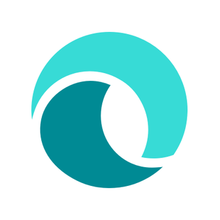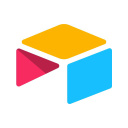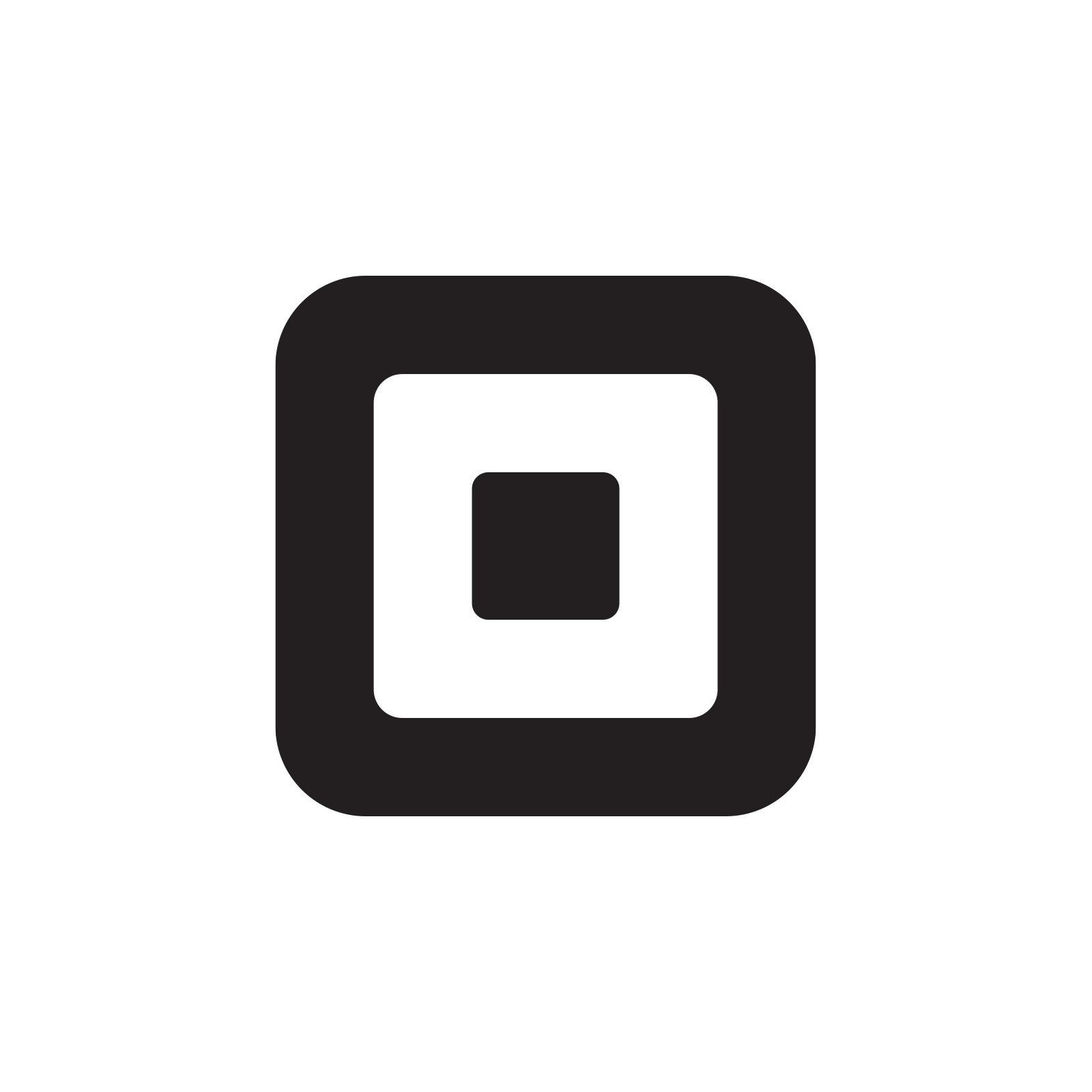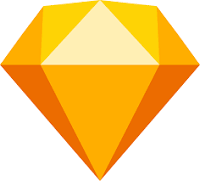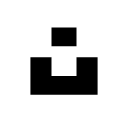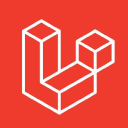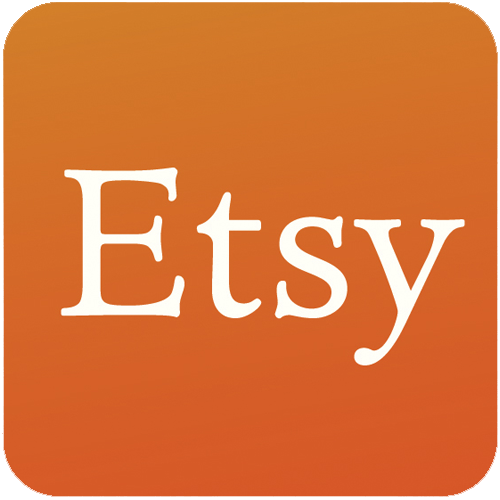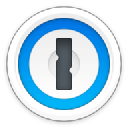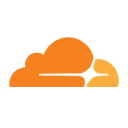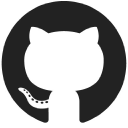How I Turned A Fun Twitter Account Into A $2K/Month Ecommerce Side Hustle
Hello! Who are you and what business did you start?
Hello there! I’m David, a full-time Front End Developer and outdoors enthusiast with a side hustle called Rainier Watch (RW). RW is an apparel brand that sells quality goods inspired by mountains, specifically Mount Rainier, and builds community around “The Mountain”. For every purchase, RW donates to organizations protecting and supporting the National Parks.

The RW Shop includes items like shirts, hats, stickers, and more with local catchphrases like “The Mountain is out”. I prioritize using other local small businesses in the manufacturing process, in addition to using ethically made, and earth-friendly practices. Most of the customers are from Washington State, but surprisingly almost 40% of orders come from out of state.
The RW Shop started in August 2018 with some basic logo stickers and since then has grown to...

Download the report and join our email newsletter packed with business ideas and money-making opportunities, backed by real-life case studies.

Download the report and join our email newsletter packed with business ideas and money-making opportunities, backed by real-life case studies.

Download the report and join our email newsletter packed with business ideas and money-making opportunities, backed by real-life case studies.

Download the report and join our email newsletter packed with business ideas and money-making opportunities, backed by real-life case studies.

Download the report and join our email newsletter packed with business ideas and money-making opportunities, backed by real-life case studies.

Download the report and join our email newsletter packed with business ideas and money-making opportunities, backed by real-life case studies.

Download the report and join our email newsletter packed with business ideas and money-making opportunities, backed by real-life case studies.

Download the report and join our email newsletter packed with business ideas and money-making opportunities, backed by real-life case studies.




